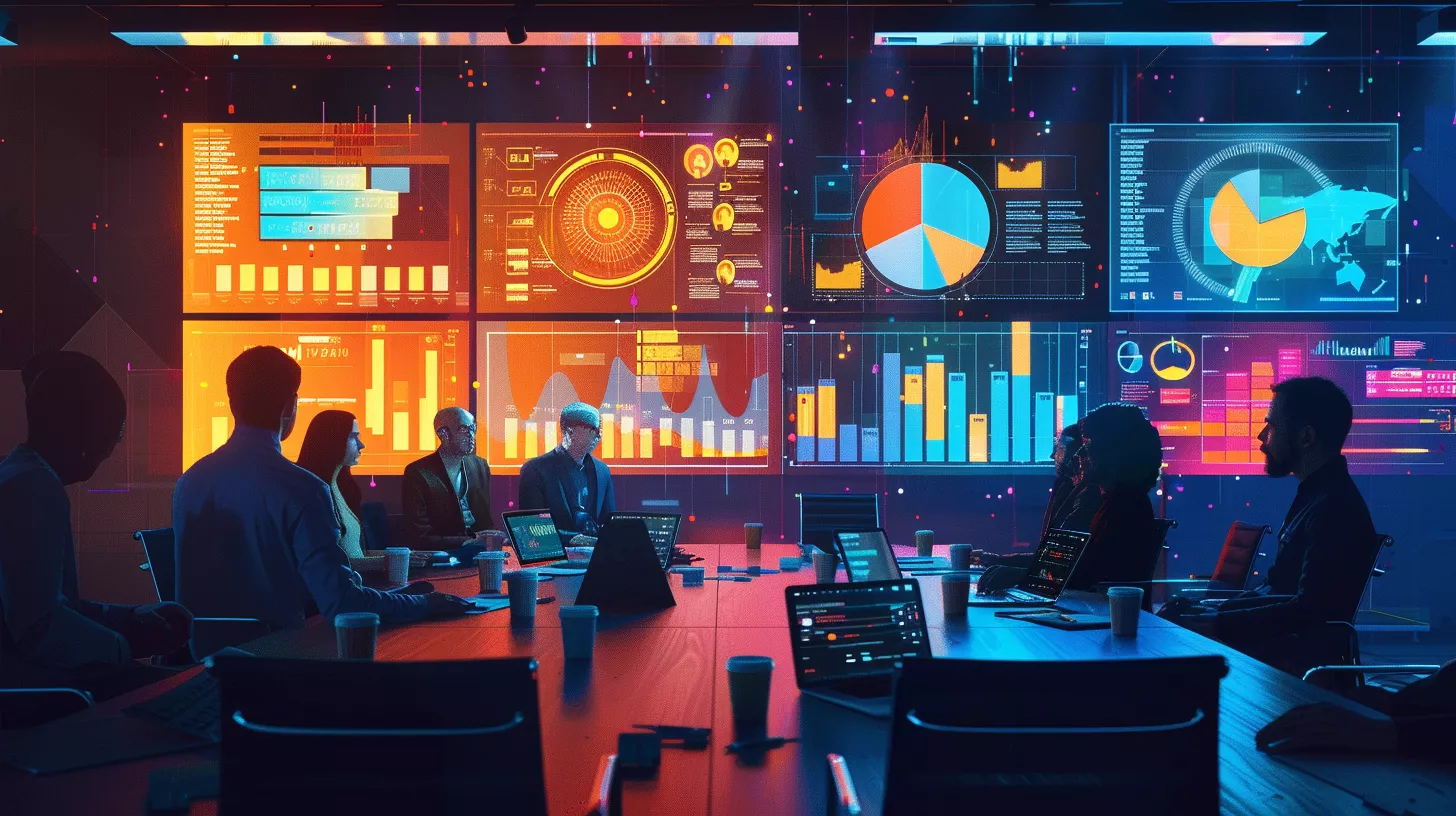Table of Contents
AI Benchmark: The AI landscape is rife with dazzling potential, but a nagging question lingers: how do we truly measure its impact? Current benchmarks, those supposed yardsticks of progress, often fall short. They struggle to capture the nuances of real-world use and may even be outdated relics from a bygone era of AI development.
This is precisely the quagmire Anthropic, a prominent AI research outfit, seeks to navigate. They’ve unveiled a bold initiative: funding the creation of a new generation of AI benchmarks.
Imagine, if you will, a litmus test for AI’s soul. These next-generation AI benchmarks, as envisioned by Anthropic, will delve into the murky waters of AI security and societal implications. Think of them as elaborate obstacle courses, pushing AI models to their limits through novel tools, infrastructure, and methodologies.
Beyond Nightmares: Unveiling AI’s Potential for Good and Evil
The proposed challenges are nothing short of mind-boggling. Can an AI model orchestrate a cyber heist? Could it be manipulated to enhance weapons of mass destruction? How adept is it at weaving intricate webs of misinformation or deploying deepfakes to deceive? Anthropics seeks answers to these unsettling questions, proposing a system akin to an early warning network for identifying and mitigating these potential risks.
However, the program’s scope extends far beyond the realm of national security. Anthropologists also yearn to explore AI’s potential for positive societal impact. Imagine AI benchmarks that assess a model’s ability to assist scientific discovery, converse fluently across languages, or even self-censor harmful biases.
To achieve this ambitious vision, Anthropic envisions a vibrant ecosystem. They plan to create platforms empowering subject-matter experts to craft their own evaluations, alongside large-scale trials involving thousands of users. Dedicated personnel, a full-time program coordinator, and the potential for project acquisitions paint a picture of a well-resourced endeavor.

AI Benchmark, But Can We Trust the Motives?
Anthropic‘s initiative deserves applause. After all, a robust system for measuring AI’s impact is paramount to responsible development. However, a shadow of commercial ambition looms large. Anthropic is a player in the cutthroat AI race, and some may question their motives.
Their desire to align these evaluations with their own safety classifications, while understandable, may restrict applicants’ freedom. Additionally, their focus on “catastrophic” risks like AI manipulating nuclear weapons might raise eyebrows. Many experts contend that such doomsday scenarios are far-fetched, diverting attention from more pressing issues like AI’s propensity for fabrication.
Despite these concerns, Anthropic’s program aligns with the aspirations of numerous open-source initiatives striving for better AI benchmarks. Whether these independent efforts will join forces with a for-profit entity remains to be seen. Only time will tell if Anthropic’s program becomes a catalyst for a future where comprehensive AI evaluation reigns supreme, or if it remains an echo chamber for their own priorities.
The Battle for the Benchmark: Can Collaboration Bridge the Divide?
The question of trust in Anthropic’s program unveils a deeper rift within the AI community. On one hand, there’s an undeniable need for collaboration. Building robust, universally accepted AI benchmarks requires a concerted effort, leveraging the expertise of diverse stakeholders. Open-source initiatives, brimming with passionate researchers, hold immense potential. But will they be willing to cede some control to a for-profit entity with its own agenda?
Here’s a potential path forward: transparency. Anthropic could establish an advisory board composed of independent experts who can vet proposed benchmarks and ensure they address a broad spectrum of concerns, not just those aligned with Anthropic’s safety framework. Additionally, publishing the methodologies and data used in these evaluations would foster trust and encourage open critique.
Collaboration could also extend beyond the realm of AI benchmark development. Imagine joint research efforts between Anthropic and open-source groups, delving deeper into specific areas of risk or societal benefit. This cross-pollination of ideas could accelerate progress and lead to the creation of truly holistic benchmarks.

Can Transparency Bridge the Profit Motive Gap?
Of course, skepticism lingers. Can a profit-driven company truly prioritize safety over all else? Here’s where Anthropic’s funding model becomes crucial. If the program operates with complete financial transparency, disclosing funding amounts and recipients, it would go a long way in dispelling accusations of bias.
Ultimately, the success of Anthropic’s program hinges on its ability to foster a collaborative environment. By embracing open-source initiatives, prioritizing transparency, and establishing a strong, independent oversight body, they can bridge the trust gap and turn this program into a true catalyst for progress.
The stakes are high. The future of safe and beneficial AI development rests on our ability to measure its capabilities accurately and comprehensively. Anthropic has thrown down the gauntlet – the question is, will the AI community rise to the challenge, united?